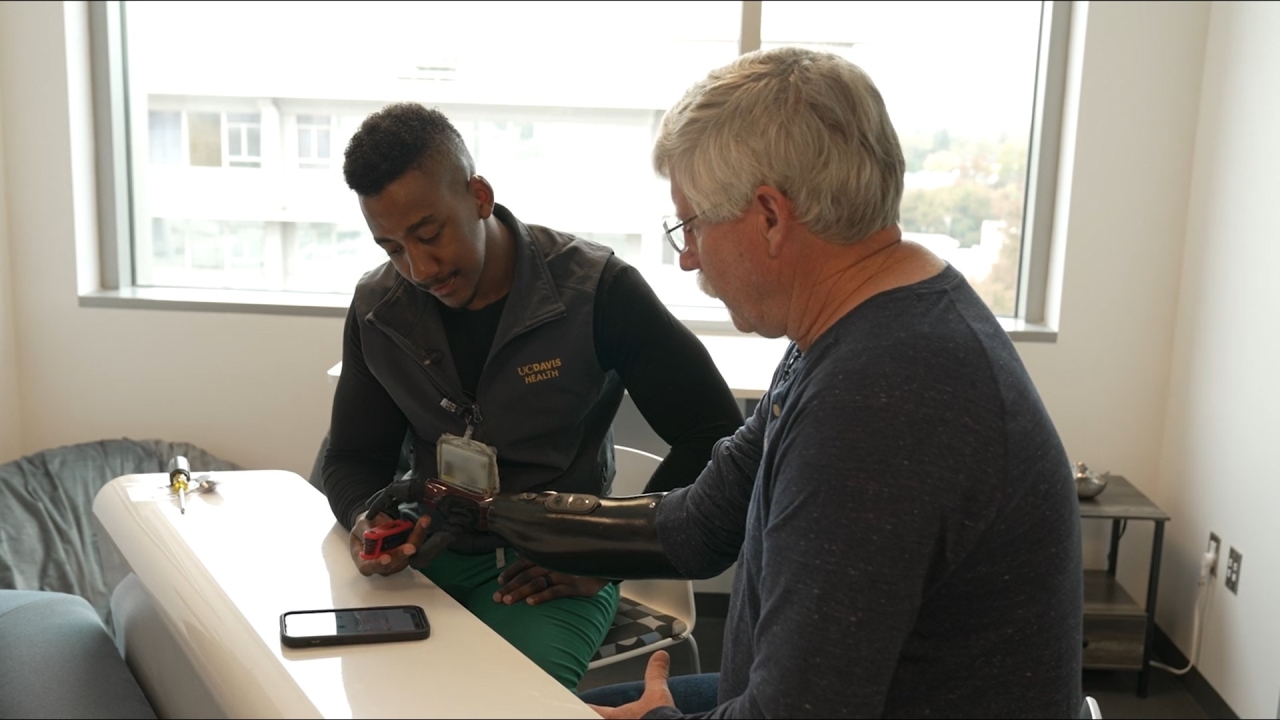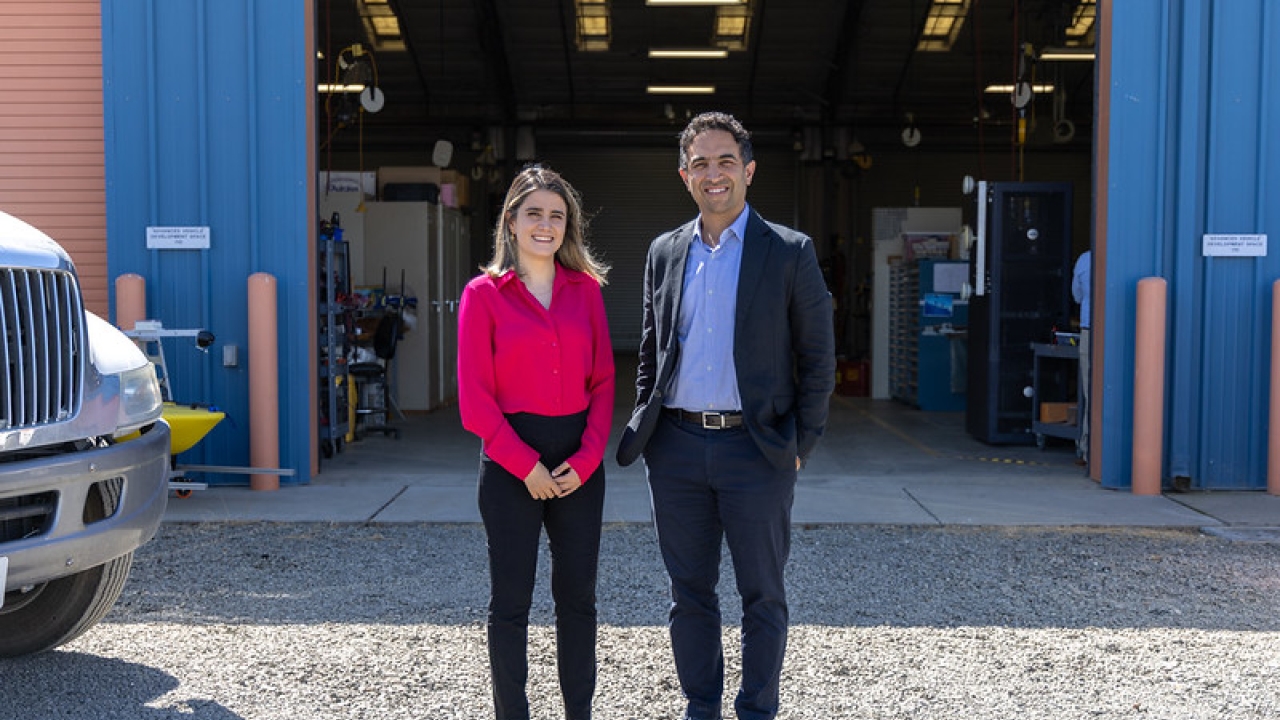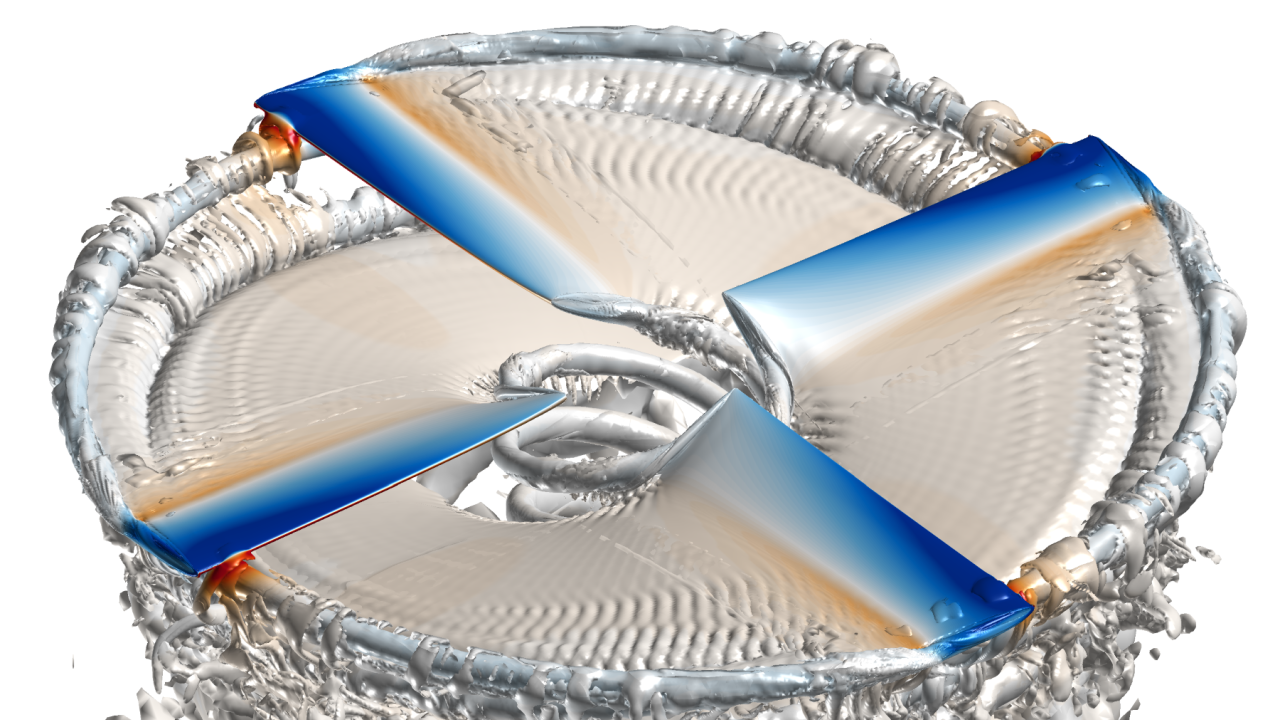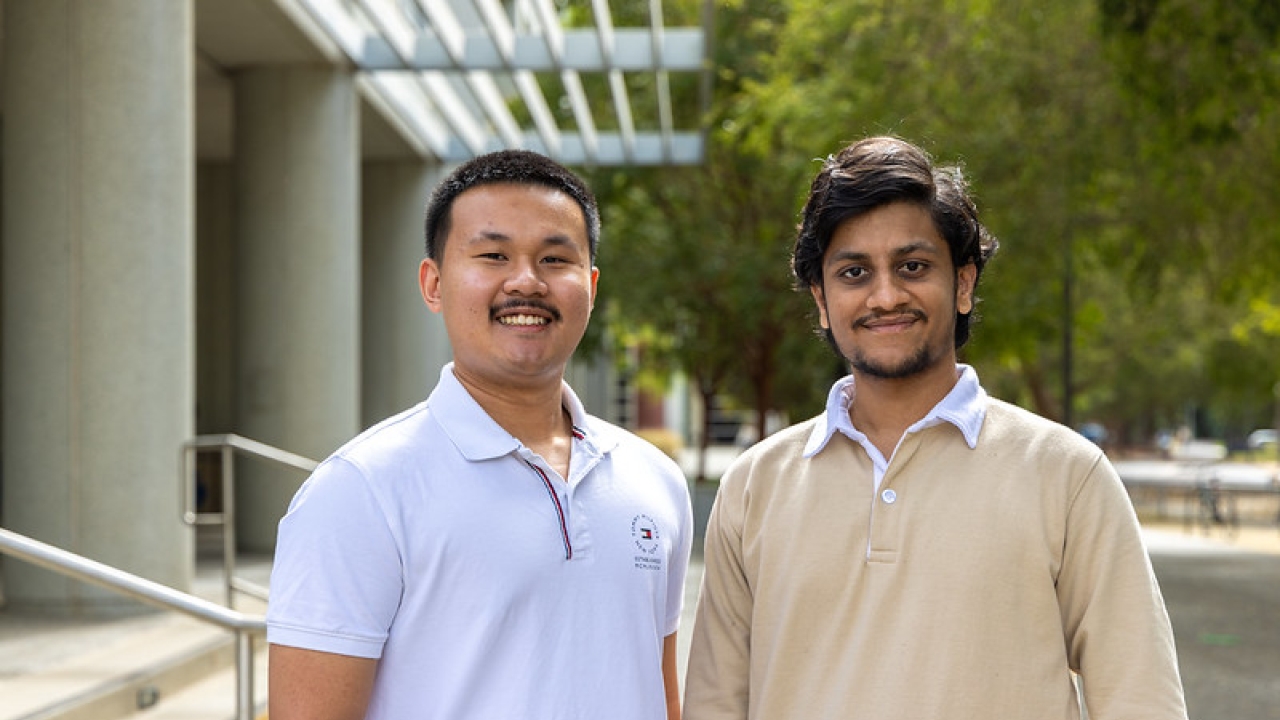
Making Prosthetics More Lifelike
Scientists and Surgeons Team Up to Make Life Easier for Amputees
Despite the advancements in robotics and other high-tech prosthetics, a recent study found that 44% of arm amputees abandon their devices.
“Even though there’s amazing dexterous devices that can move in all sorts of ways and look similar and operate similar to an intact limb, being able to tell all of that robotic system how to move and what you want it to do is really where a big barrier is currently in the field,” said Jonathon Schofield, assistant professor in the Department of Mechanical and Aerospace Engineering at UC Davis.
Schofield is part of a team of engineers, scientists and surgeons at UC Davis working to make life easier for amputees through a combination of surgery, advanced machine learning and smart prosthetics. Their goal is “prosthesis embodiment,” to get these devices to mimic a biological limb so amputees gain better muscle control and sensory feedback without increased complexity.
“We’re trying to fill that gap,” Schofield said. “We’re asking how can we allow someone to think about making a pinching motion or think about making a fist with their missing hand and just let the prosthetic limb do that for them.”




